Seismic Disaster, Nuclear Catastrophe, Continuing, Immediate, and Short-Range Dangers, Global Implications
Post-Tsunami Situation at the Fukushima Daiichi Nuclear Power Plant in Japan: Facts, Analysis, and Some Potential Outcomes Excerpts:
A special feature of the Mark 1 design is that the used fuel, also called spent fuel, is stored within the reactor building in a swimming pool-like concrete structure near the top of the reactor vessel. When the reactor is refueled, the spent fuel is taken from the reactor by a large crane, transferred to the pool, and kept underwater for a few years. This spent fuel must be kept underwater to prevent severe releases of radioactivity, among other reasons. A meltdown or even a fire could occur if there is a loss of coolant from the spent fuel pool. The water in the spent fuel pool and the roof of the reactor building are the main barriers to release of radioactivity from the spent fuel pool.
An explosion associated with Unit 1 occurred on March 12, at 3:36 p.m.2 At first the authorities stated that this was in the turbine building next to the reactor building. However, it is the reactor building roof and part of the walls near the roof that were completely blown off leaving only a steel skeleton at the top of the building. This indicates an explosion inside the reactor building – probably a hydrogen explosion, since hydrogen is much lighter than air, it would accumulate near the top of the building. The explosion therefore seems to have occurred near the level where the spent fuel pool would be located in a Mark 1 reactor.
..While Japanese authorities have stated that the reactor vessel is still intact, there has been no word regarding the status of the spent fuel pool structure, except indirectly (see below). Is it still intact? This is a critical question as to the range of potential consequences of the reactor accident.
The Idiocy and Hubris of Engineers: Will GE Get Whacked for the Catastrophic Failure of its Nuke Plants in Fukushima?
GE, the company that boasts that it “brings good things to life,” was the designer of the nuclear plants that are blowing up like hot popcorn kernels at the Fukushima Dai-ichi generating plant north of Tokyo that was hit by the double-whammy of an 9.1 earthquake and a huge tsunami.
The company may escape tens or hundreds of billions of dollars in liability from this continuing disaster, which could still result in a catastrophic total meltdown of one or more of the reactors (as of this writing three of the reactors are reported to have suffered explosions and partial meltdowns, and all could potentially become more serious total meltdowns with a rupture of the reactor container), thanks to Japanese law, which makes the operator--in this case Tokyo Electric Power Co. (TEPCO) liable. But if it were found that it was design flaws by GE that caused the problem, presumably TEPCO or the Japanese government could pursue GE for damages.
In fact, the design of these facilities--a design which, it should be noted, was also used in 23 nuclear plants operating in the US in Alabama, Georgia, Illinois, Iowa, Massachusetts, Minnesota, Nebraska, New Jersey, New York, North Carolina, Pennsylvania and Vermont--appear to have included serious flaws, from a safety perspective.
Remember: Any ONE of these events would be catastrophic. Combine them, then throw in some secondary economic impacts. The micro to macro perspective of this unfolding event is staggering, even if the best possible-ending occurs.
Wind patterns have changed,Tokyo in direct wind of Fall out, Rad levels rising Wind direction simply explained.
VIDEO: Now There's A Volcano Erupting In Japan
Global Jet Stream Forecast (March 13-21st)
Fukushima Reactor 2 Hit By Loud INTERNAL Explosion
At 6:14 a.m. a loud thud rocked Reactor 2 of Fukushima 1 nuclear power plant, quite unlike the previous two blasts that blew apart the surrounding structures. This time the explosion occurred inside the steel containment chamber that surrounds the core reactor. The containment chamber captures and holds runoff water and condensed steam that escapes from the core reactor.
TEPCO and the nuclear safety agency have not explained the process that led to the blast.
In Monitor 3, the chemistry of splitting water molecules into hydrogen gas and supercharged oxygen was explained. In the first two blasts, these volatile gases recombined outside the reactor unit and blew apart the concrete rooms.
This third and latest blast is one of internal combustion.
At Japanese nuclear plant, a battle to contain radiation (Video)
Japan's prime minister says radiation has leaked from damaged reactor (Video)
Radiation Leaps After Reactor Fire; Tokyo Gets Warning
Japan warned radioactive levels had become "significantly" higher around a quake-stricken nuclear power plant on Tuesday after explosions at two reactors, and the French embassy said a low-level radioactive wind could reach Tokyo within hours.
Prime Minister Naoto Kan urged people within 30 km (18 miles) of the facility north of Tokyo to remain indoors, underscoring the dramatic escalation of Japan's nuclear crisis, the world's most serious since the Chernobyl disaster in Ukraine in 1986.
Other than some random human interest stories, there seems to be no good news coming from anywhere in Japan.










































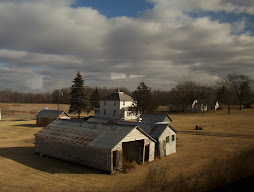


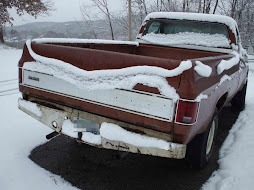

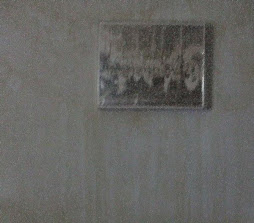






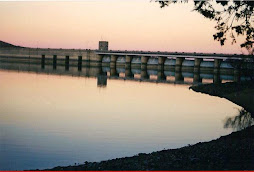






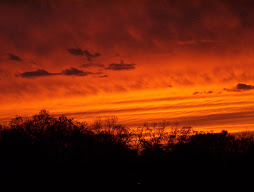
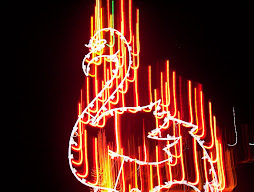




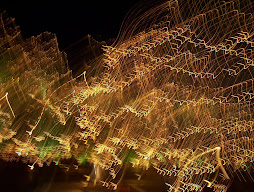

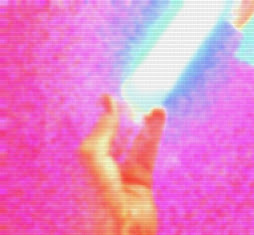
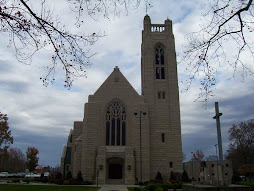








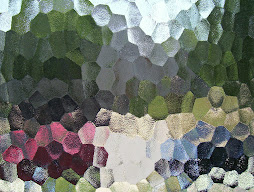

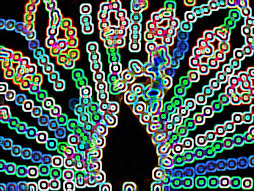









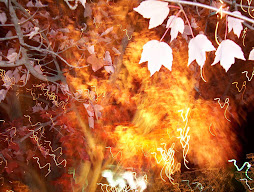









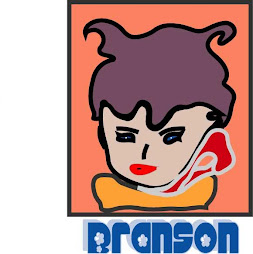



No comments:
Post a Comment